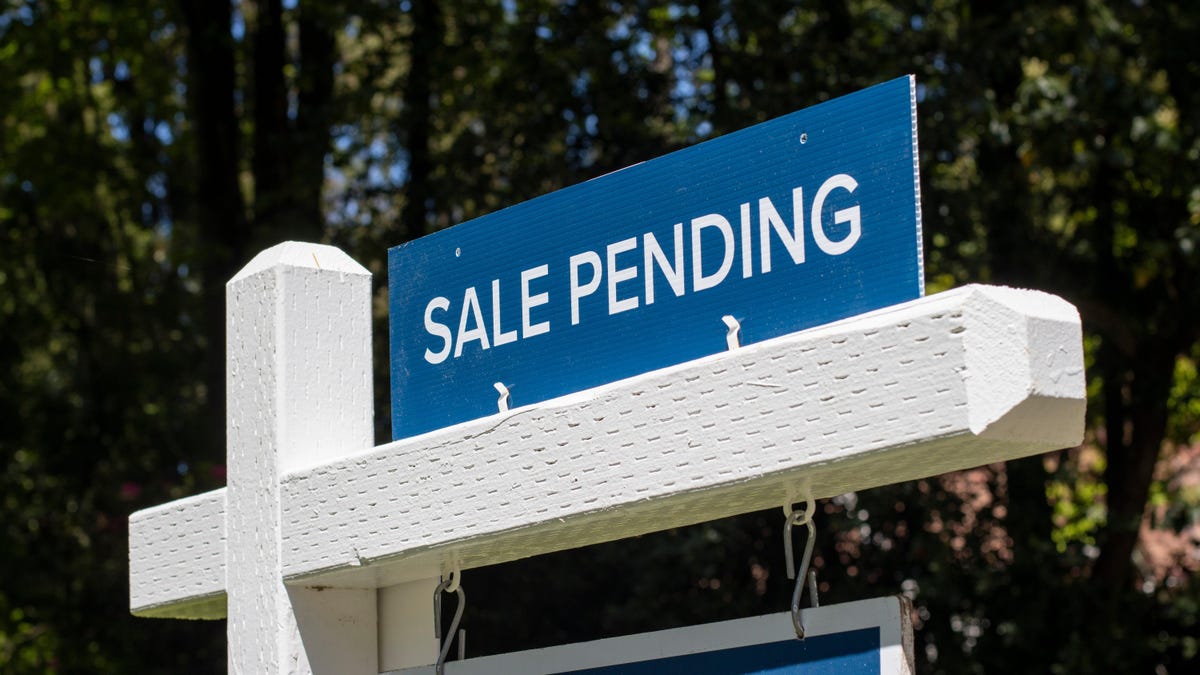How to Get Rid of PMI As Soon As Possible

Everyone knows that buying a home is damn expensive, but the list of additional costs associated with buying a home can be shocking. In addition to closing costs, there are home inspection fees, attorney fees, and possibly private mortgage insurance (PMI).
Lenders require you to pay for PMI when you put less than 20% down on the property—almost one in five mortgages require PMI in the US. This is a significant expense – as much as 2% of the loan amount. The main thing to understand about PMI is that it is insurance that protects the lender , but is usually paid for by the borrower, which is you. There is lender-paid mortgage insurance , but in these cases the lender usually includes the cost in the cost of the loan, so you won’t save anything with this option. PMI is expensive, so if you’re paying for it, you should try to get rid of it as quickly as possible—and you have several options.
Nothing to do
Your first and probably most expensive option is to simply do nothing other than make monthly payments. PMI will be automatically canceled when you reach 22% equity in the home based on the original cost of the loan or when you reach halfway through the loan term (for example, 15 years on a 30-year mortgage).
Your lender can determine exactly when you will reach the 22% mark, and this date should be included in your loan documents. If you can’t find it, your lender can tell you. The key requirement to cancel PMI on this date is that you have current credit.
But waiting until the PMI is lifted may be the most expensive option. There are ways to get rid of those pesky PMI payments faster.
Appreciation
Your mortgage was based on the appraised value of the home at the time the loan was issued, but that value changes over time due to several potential factors:
- Improvements: Have you added square footage? Finish the basement? The value of your home may have increased.
- Market factors: Are homes in your area selling for more than when you were looking for a home? The market could increase the value of your home even if you haven’t done anything special to it.
If the value of your home has increased, you have more equity in the home. If this means you have 20% equity or more, you can contact your lender and request that the PMI on your mortgage be waived. Not only will this allow you to get rid of your PMI payments much sooner (perhaps several years before they end), but it also means a lower target number since you don’t have to aim for 22% equity.
There is some risk here because you will likely have to pay for a new appraisal of the home to prove its value and your new stake in it; if the appraisal doesn’t go your way, you’ll lose that money (usually around $300-$400). But before you do anything, check with your lender—they may have a list of approved appraisers you’ll need to use, and you’ll want to make sure they don’t have any other PMI waiver policies you need to be aware of.
Pay aggressively
Another option to get rid of PMI faster is to pay more on your mortgage. Many lenders allow you to split your payments into bimonthly installments, which is the equivalent of making an extra payment each year, and many also allow you to add extra money to your loan principal each month. By aggressively overpaying your mortgage, you can quickly reach 20% or 22% equity and get rid of that PMI, either through the reassessment process or by reaching the automatic cancellation rate.
Refinancing
The final way to get rid of PMI faster is to refinance your loan. While this will require some additional math to ensure that your overall costs actually go down (taking into account the new interest rate, new monthly payment, and other expenses), if the new loan leaves you with 20% equity (or more), it will win. PMI is required.
One strategy to consider is something called a “PiggyBack” mortgage. These are actually two mortgages that bypass the 20% rule that usually causes PMI. Essentially, you have one mortgage that covers 80% of the loan you need, and the rest of the home’s cost is split between a second, smaller mortgage and your down payment.
For example, if you buy a home worth $250,000 and can only put down $25,000, a $225,000 mortgage would trigger PMI. But a $25,000 second mortgage means your primary mortgage will cost only $200,000 and you won’t need PMI. You can refinance your PiggyBack mortgage by eliminating your existing PMI.